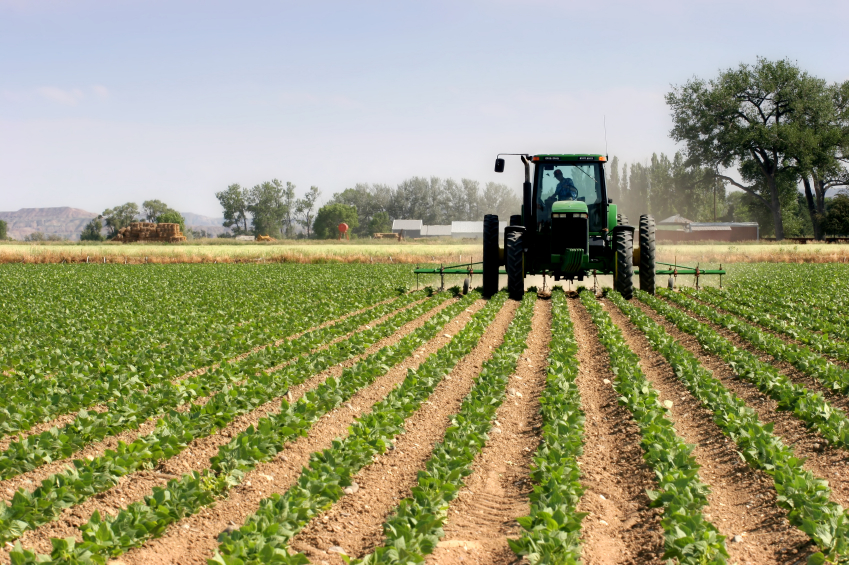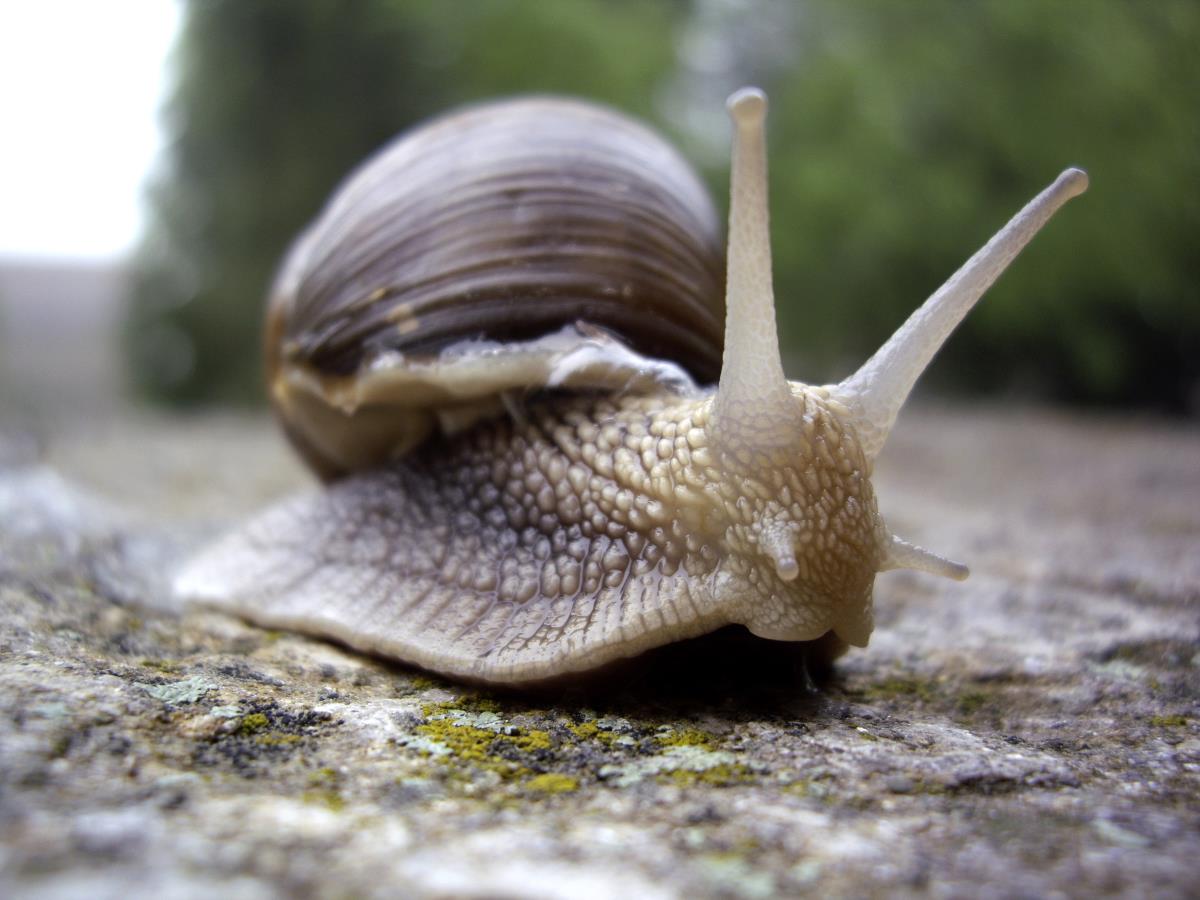Prioritizing your goals: 3 Steps for a successful garden
03/16/2022 / By Zoey Sky

When you’re planning your first garden, things can be overwhelming. Once you get over the excitement of choosing which plants to grow and buying gardening tools, you need to make sure that your goals are attainable so you don’t waste your time and resources. (h/t to GardensThatMatter.com)
There’s nothing wrong with setting big goals, but if you want to ensure that your garden is successful, follow the three steps detailed below.
Whether you’re an experienced gardener or a newbie, this three-step process will help you achieve your plans for your home garden.
Why do you want to start a home garden?
The answer to this question seems obvious, but figuring out your main reason for wanting to start a garden will help you determine why the first reason matters to you.
For example, if you want to start a garden because you want to grow some blueberries, you should also know why you want to spend all that time and energy growing various plants.
Do you want to save money on groceries? Do you want your family to eat healthier?
You may have a reason that’s similar or very different. It might be related to saving money and resources or spending more time in nature.
Whatever the reason is, try to understand it.
Understanding your reasons will help you in two ways.
- You have a limited amount of time, money and energy to spend in your garden. Knowing your reason ensures that you spend those resources wisely.
- Your reason will also serve as a guide when you make decisions about your garden.
Here are some reasons to start a garden in your backyard:
- To have access to fresh vegetables and fruits.
- To have consistent access to herbs and hard-to-find ingredients.
- To increase food security for your family.
- To avoid harmful pesticides in store-bought produce.
- To grow produce for home canning or to freeze for winter.
What is your main goal for the season?
Come harvest time, what is the outcome that you want?
Write down all the projects you want to do for your garden. Most of the time you’ll find out that you have more than one goal or project in mind.
After you make a note of all your ideas, narrow down your list. Circle the most important ones and cross out the extras. Alternatively, you can combine items on your list until you’ve narrowed down your goals to only three to five for the season.
Next, pick one goal to be your priority. When you’re clear about that priority, you can focus on your tasks.
Write your priority down as a SMART goal:
- S – Specific
- M – Measurable
- A – Attainable
- R – Relevant
- T – Time-bound
When your goal is specific and measurable, you can determine if you hit your goal or if you were close to achieving it at the end of the season.
For example, your goal is to establish several beds of perennials or plants that come back year after year designed around blueberries, passion vine and hardy kiwi.
With this goal in mind, you can start other tasks to make it easier to reach your main goal, like shaping beds or adding structures and other plants that work well with your three main plants. At the end of this season, you can check if you reached the main goal.
Attainable means setting a goal that is possible. While it’s good to dream big, you don’t want to set such a big goal that it’s almost difficult to achieve you end up feeling discouraged.
When you set an attainable goal, you can eventually reach it by working hard and focusing.
Relevant means your goal is related to the area you’re working on, like gardening and setting the garden goal.
The time-bound aspect of a goal also applies to gardens because they have natural bounds for time called seasons: Spring, summer, fall and winter. Set a goal based on a season or use the whole growing season or year, then set your goal based on that time frame. (Related: Home gardening tips: 8 Small space gardening options that won’t break the bank.)
What is your next action?
The final step is deciding what you can do next to achieve your main goal.
Go back to step one and remember your main goal, then decide on your next step. Sometimes, the next step is something simple, or it can be achieved after you accomplish several steps.
If you need one more hardy kiwi plant for your garden, check online and research where you can buy one locally. You can also find out which varieties of blueberries bloom the latest, then choose new plants to extend your harvest.
Your next action will start with a verb: Research, order, plant, water, weed, trim, harvest, etc. When you accomplish one task, choose the next action and repeat.
To take action in a way that lets you make progress toward your goal weekly, you need to manage your list of things you need to do this week and include your garden when planning the next action.
Do this by blocking time on your calendar so you can work on your garden. Decide on a time to take the next action and work towards your next goal so you can make time for the garden and the main reason you decided to start a garden.
Starting a home garden doesn’t have to be confusing and overwhelming if you know how to set goals and follow the three steps for cultivating a successful garden.
Watch the video below for tips on how to start an indoor garden.
This video is from the HeatherStarr channel on Brighteon.com.
More related stories:
Home gardening tips: 17 Veggies you can grow in buckets.
Weed-free, worry-free: 5 Ways to get rid of weeds in your home garden.
Homesteading tips: Simple ways to keep animals out of your home garden.
Prepping 101: How to grow food in an indoor survival garden.
Sources include:
Submit a correction >>
Tagged Under:
food independence, food supply, gardening, gardening goals, gardening tips, green living, home gardening, Homestead, homesteading, how to, indoor gardening, off grid, tips
This article may contain statements that reflect the opinion of the author
RECENT NEWS & ARTICLES
OrganicFarming.News is a fact-based public education website published by Organic Farming News Features, LLC.
All content copyright © 2018 by Organic Farming News Features, LLC.
Contact Us with Tips or Corrections
All trademarks, registered trademarks and servicemarks mentioned on this site are the property of their respective owners.



















